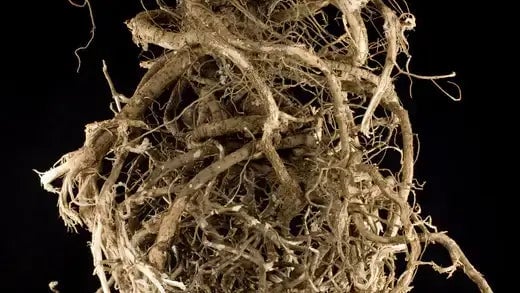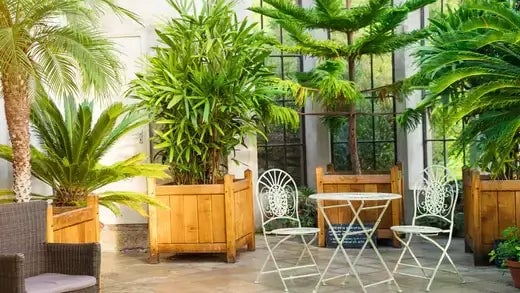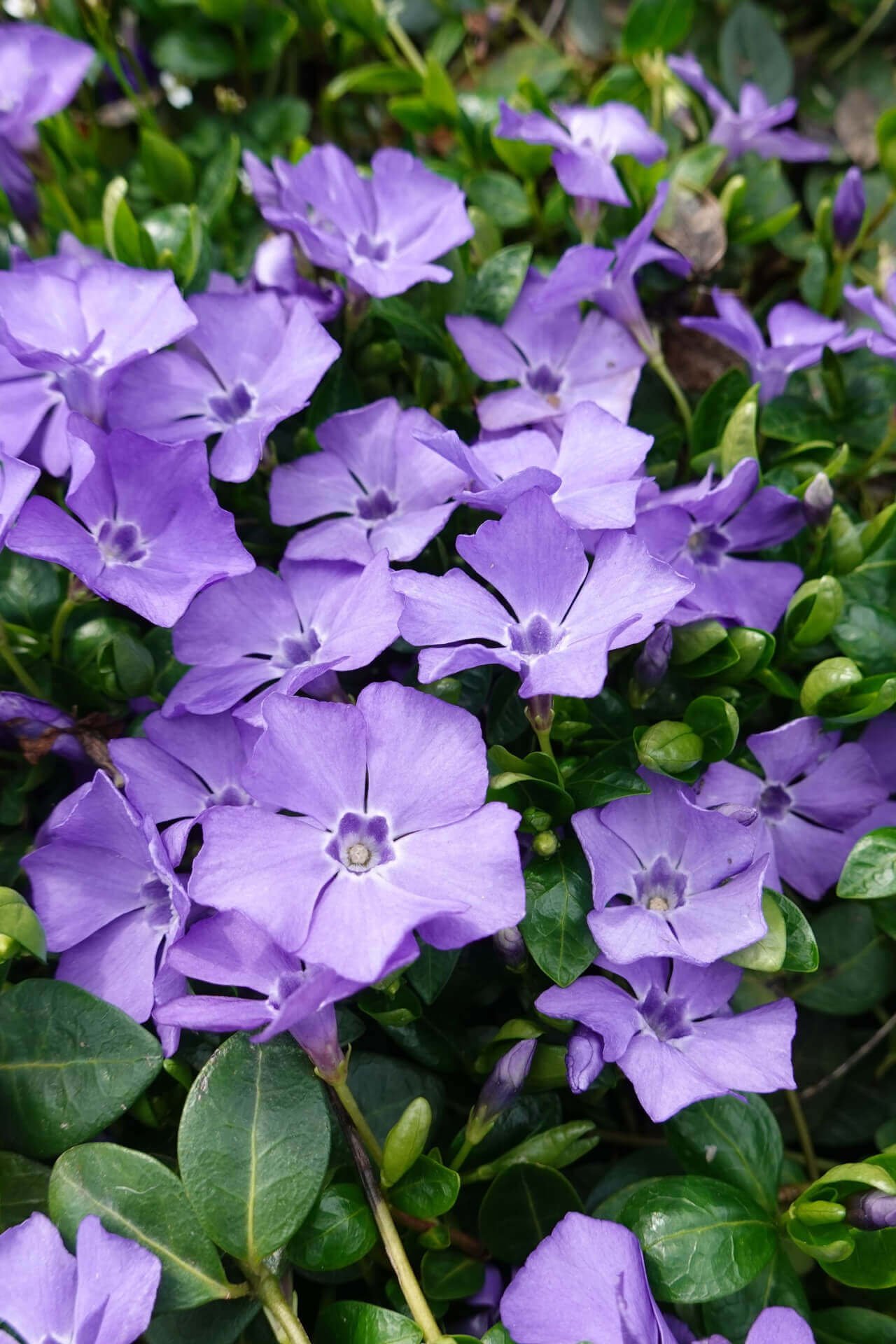10 Effective Methods to Thoughtfully Plan Your Landscape Design
Creating a well-designed and functional landscape requires careful planning and consideration. Whether working with a small backyard or a vast property, a thoughtfully planned landscape can enhance your outdoor space while providing practical benefits.
Define Your Goals and Needs
Before you start designing your landscape, it's crucial to define your goals and needs. Consider what you want to achieve with your outdoor space. Do you need a play area for children, a relaxing garden, or a space for entertaining?
Understanding your priorities will guide the entire planning process and ensure your landscape serves its intended purpose. Site Analysis Observe factors like sunlight patterns, soil quality, drainage issues, and existing vegetation. This information will influence your plant choices, hardscape placement, and overall layout.
Create a Base Map: This is a scaled drawing of your property, including existing features like buildings, pathways, and trees. It serves as a foundation for your design and helps you visualize how different elements will fit together. You can create a base map using graph paper or various online software tools.
Design Principles and Themes: Familiarize yourself with fundamental design principles such as balance, unity, contrast, and focal points. Decide on a theme or style that resonates with your taste and complements your home's architecture. Whether you prefer a formal, minimalist, or cottage-style garden, having a clear theme will guide your plant selection and overall design.
Functionality and Zoning: Divide your landscape into functional zones based on your needs and activities. Standard zones include entertaining areas, relaxation spaces, and utility areas. Proper zoning ensures that each part of your landscape serves a purpose and flows seamlessly from one zone to another.
Hardscape Elements Hardscape elements, such as pathways, patios, decks, and retaining walls, provide structure and organization to your landscape. Plan their placement carefully to create a functional and visually appealing layout. Consider materials that complement your theme and require minimal maintenance.
Plant Selection and Placement
Choose plants for your climate and soil conditions. Incorporate a variety of plants for different seasons, textures, and colors. Group plants with similar water needs together to make irrigation more efficient.
Create Focal Points Focal points draw attention and add visual interest to your landscape. It could be a sculpture, a water feature, or a striking plant arrangement.
Proper placement In the landscape makes focal points
Consider Sustainability Designing a sustainable landscape benefits the environment and reduces maintenance efforts and costs.
Opt for native plants that require less water and maintenance. Incorporate water-saving irrigation systems and use absorbent materials for hardscaping to promote water absorption.
Flexibility and Long-Term Maintenance
Your landscape design should allow flexibility as plants grow and your needs evolve. Maintenance is essential to keep your landscape looking its best. Plan for pruning, weeding, and seasonal clean-up, and factor in the time or resources you're willing to invest.
Designing your landscape is an exciting endeavor that can significantly enhance your outdoor living experience. By following these ten effective methods, you can plan a landscape that aligns with your goals and needs and reflects your style and appreciation for the beauty of nature.
Remember that landscape planning is an ongoing process. As your garden evolves, so will your connection with the natural world right outside your door. One of the key advantages of a planned landscape is its ability to promote environmental sustainability.
A landscape can be visually pleasing and ecologically responsible through strategic plant selection
Native plants well-suited to the local climate can thrive with minimal water consumption and maintenance.
Additionally, incorporating rain gardens, permeable paving, and composting areas can contribute to water conservation, reduced runoff, and healthier soil. Beyond environmental considerations, a well-crafted landscape serves as an outdoor extension of your living space, providing a setting for relaxation, recreation, and social interaction. Thoughtfully designed seating areas, shaded alcoves, and open expanses of lawns invite people to gather, fostering a sense of community and connection.
A landscape can be tailored to accommodate various activities, from family barbecues to serene yoga sessions, thus enhancing residents' overall quality of life.
Moreover, a beautifully designed landscape can positively impact mental and emotional well-being. Incorporating elements like flowing water features, vibrant flower beds, and winding pathways can create a sense of tranquility and escape from the demands of daily life.
The visual appeal of a well-maintained landscape can instill a sense of pride and accomplishment, boost self-esteem, and foster a deeper connection to one's surroundings. Functionality is another crucial aspect of landscape planning. An intelligently designed landscape considers the practical needs of the space's occupants. It might involve creating designated play areas for children, installing outdoor kitchens for culinary enthusiasts, or designing zones for gardening enthusiasts.
Properly placed lighting can extend the usability of the landscape into the evening hours, providing a safe and inviting atmosphere for nighttime gatherings. It's worth noting that a planned landscape can also add substantial value to a property. Curb appeal, mainly influenced by the outdoor aesthetic, plays a significant role in a home's marketability. Some of the best perennial plants to put in the landscape is purple coneflower and periwinkle.
A thoughtfully designed landscape can significantly increase a property's perceived value, making it more attractive to potential buyers. In conclusion, a well-conceived landscape is a powerful tool that can elevate the outdoor space to new heights of beauty, functionality, and environmental responsibility. Beyond the visual appeal, it offers numerous benefits, ranging from ecological sustainability and social interaction to psychological well-being and increased property value.
Landscape planning involves a harmonious blend of creativity, practicality, and knowledge of horticulture and design principles. By investing in transforming your outdoor space, you create an environment that not only pleases the eye but also enriches the lives of all who inhabit it.
Read more

Herbal Remedies and Hot ToddiesBeyond the usual hops and barley of beer, the juniper berries in gin, and the celery which serves as a garnish in a Bloody Mary, the casual imbiber has little to no k...

Bare Root Plants Are Affordable and ship within five days. Bare Root Plants and Trees are the ones that are not actively growing and are in a dormant state. They are dug out of the ground to pu...



